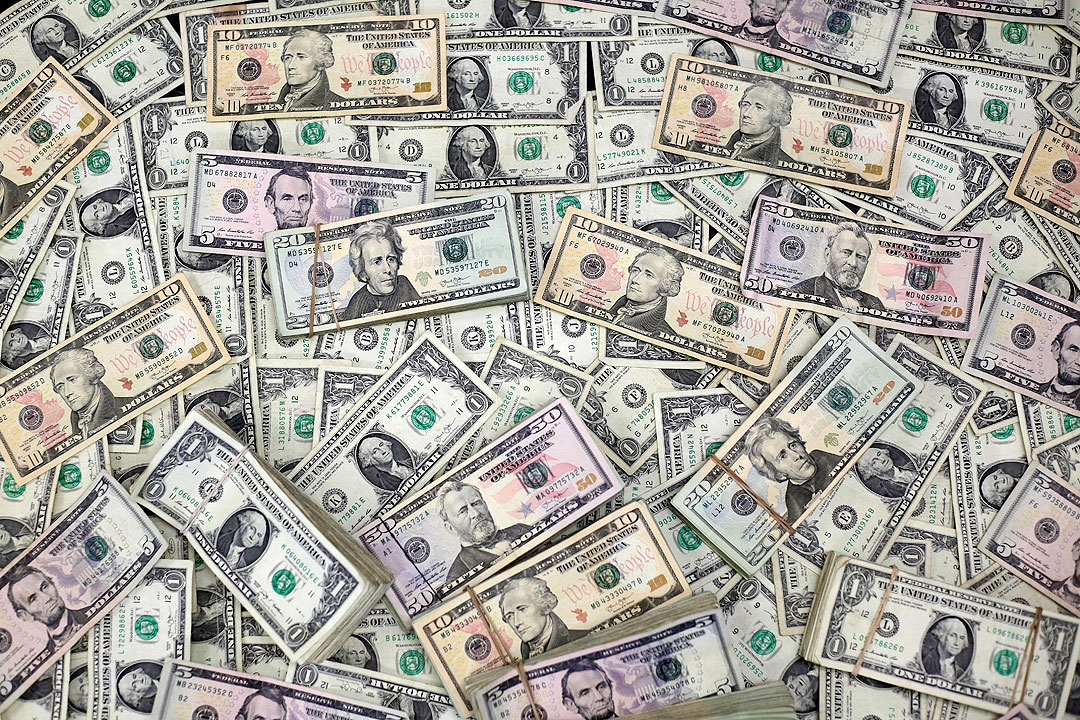BSP must brace for more US policy tightening — analysts

By Luz Wendy T. Noble, Reporter
THE BANGKO Sentral ng Pilipinas (BSP) should be prepared to act as the US Federal Reserve is poised for more rate hikes this year and domestic inflation likely to remain elevated in the next few months.
The Fed’s 50-basis point hike rate that was paired with an eventual tapering of a $9-trillion asset portfolio reflects its “seriousness” in addressing the four-decade-high inflation in the United States, former BSP Deputy Governor Diwa C. Guinigundo said.
“For those investors and credit rating agencies monitoring interest rate differentials across countries, that US Fed move could encourage more capital flows to the US, away from some emerging markets with lower real interest rates,” Mr. Guinigundo said in a Viber message.
“While our local real interest rate is higher, other factors are also considered like growth prospects, currency movement and political prognosis,” he added.
Sophia Ng, an analyst at the Mitsubishi UFJ Bank Global Markets Research, also sees the possibility of capital flight, but says this could be more manageable for the Philippines.
“The saving grace for the Philippines in my view is the relatively low foreign participation in both equity and bond markets as compared to other emerging economies within Asia, which means that downward pressure on the peso from potential capital outflows is likely to be more modest than other AXJ (Asia except Japan) currencies that are more sensitive to portfolio outflows,” Ms. Ng said in an e-mail.
With central banks now also having to confront the inflation risks caused by the Russia-Ukraine war, the timing of when to start policy tightening has become more crucial, experts said.
“I don’t want to preempt future BSP moves but those decisive actions by the US Fed should make all other central banks think of the timing issue,” Mr. Guinigundo said.
“A slight, symbolic move can assure the market that monetary policy is aware of the situation and it is doing something about it,” he added.
Bank of the Philippine Islands Lead Economist Emilio S. Neri, Jr. said the latest Fed pronouncements strengthens the case for the BSP to stand ready given the Fed “appears to still be far behind the curve” in terms of policy tightening to battle inflation.
Mr. Neri said central banks, including the Fed, that initially deemed inflation risks to be “transitory” last year may now have to hike aggressively for the next six to 18 months due to rising import bill for oil, rising commodity prices.
“BSP may need to deliver a preemptive action, like an inter-meeting rate hike to avoid the consequences of getting more surprises from the US central bank,” Mr. Neri said in a Viber message.
He said an outflow of funds combined with faster inflation will affect the peso’s strength.
The local unit closed stronger by 11.5 centavos to P52.385 on Thursday from P52.50 on Wednesday, based on Bankers Association of the Philippines data. However, the peso weakened by 2.7% from its end-2020 finish of P50.999.
The Fed’s tightening comes at a time of faster inflation in the Philippines, which should urge the central bank to prepare a monetary policy response, Security Bank Corp. Chief Economist Robert Dan J. Roces said.
Headline inflation quickened to a three-year high of 4.9% in April, as food, utility and transport costs continued to rise.
“With local inflation well-above target and poised to remain so, the buildup in price pressures will need a preemptive check from the monetary authorities,” Mr. Roces said in a Viber message.
He expects the BSP to start increasing rates by around 25 bps in the second quarter, followed by three more 25-bp increases in the third and fourth quarter of 2022.
The BSP expects inflation to surpass the 2-4% target at 4.3% for 2022.
The Monetary Board has kept its key rate at a record low of 2% since November 2020 to support the economy’s recovery.
BSP Governor Benjamin E. Diokno last month said they may consider a rate hike by June, when more data on economic growth and employment will be available to prove that recovery is more entrenched.
The Monetary Board will have its next policy review on May 19.



